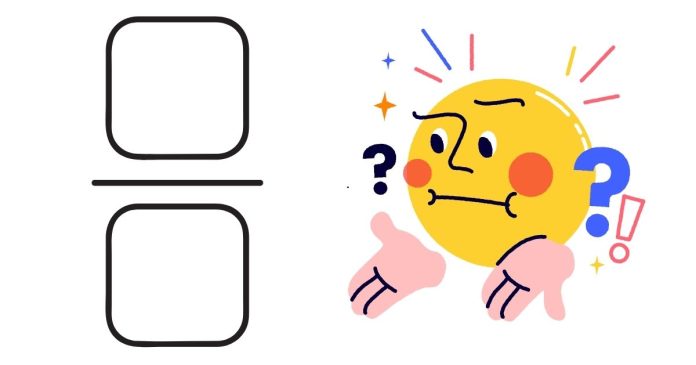Understanding how to convert decimals into fractions is a crucial skill in mathematics, especially when it comes to simplifying calculations or presenting numbers in different formats. One such decimal is 0.0625, which can be converted into a fraction. In this blog post, we’ll walk through the process of converting 0.0625 into a fraction and simplify it.
Step 1: Understanding the Decimal
The decimal 0.0625 is a number that has four decimal places. This means that 0.0625 is equivalent to 62.5/1000 if you were to consider the number as a fraction.
Step 2: Converting to a Fraction
To convert a decimal to a fraction, you can follow these steps:
- Write the decimal number without the decimal point as the numerator. In this case, 0.0625 becomes 625.
- Count the number of decimal places. In 0.0625, there are four decimal places (thousandths). This means the denominator will be 10,000 (since 1 is followed by four zeros, representing ten thousandths).
So, we can write:
0.0625=625100000.0625 = {625}/{10000}
Step 3: Simplifying the Fraction
The next step is to simplify the fraction. To do this, we need to find the greatest common divisor (GCD) of the numerator and denominator.
The GCD of 625 and 10,000 is 125. Now, we divide both the numerator and the denominator by 125 to simplify the fraction.
So, 0.0625 is equivalent to 5/80.
Step 4: Further Simplifying the Fraction
To simplify 5/80 further, we notice that both 5 and 80 are divisible by 5. Dividing both the numerator and denominator by 5:
Thus, the simplified fraction for 0.0625 is 1/16.
Conclusion
The decimal 0.0625 can be expressed as the fraction 1/16. This is a good example of how to convert decimals into fractions by carefully following steps like multiplying to remove the decimal point, finding the greatest common divisor, and simplifying the result. Understanding these steps will help you convert any decimal into its simplest fractional form.


